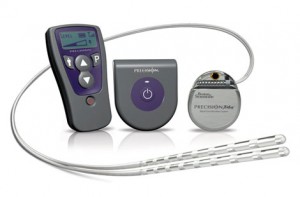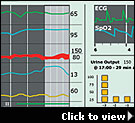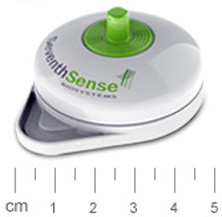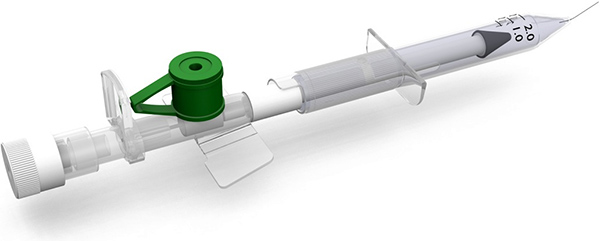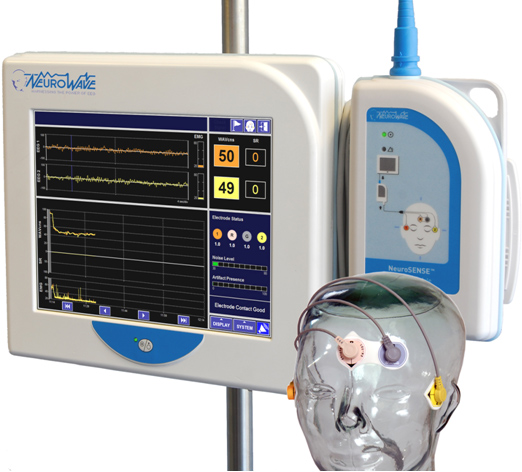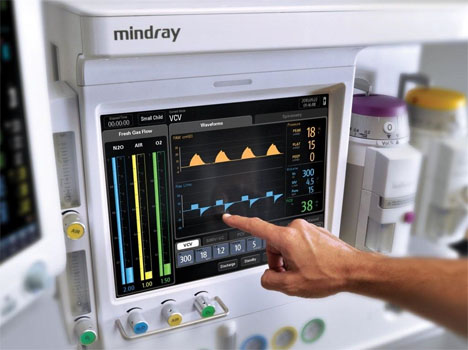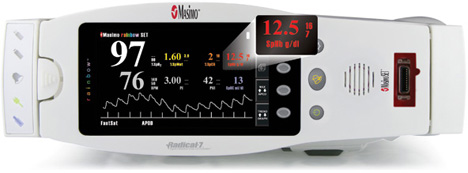Precision PlusTM SCS System for Pain
Precision Plus is the only system with SmoothWaveTMTechnology. There are eight contacts on each lead, and the therapy is delivered through the individual contacts. SmoothWave Technology gives your physician the ability to precisely control the stimulation being delivered from each and every contact on the implanted leads.
Precision Plus also offers a small implant with a contoured, oval shape. In fact, the PrecisionTM IPG has the smallest “footprint” of any rechargeable SCS device. Precision Plus is the only SCS system to offer a cordless remote with a 24-inch communication range. This remote is easy to use and is designed to put pain control at your fingertips
Precision Plus offers a cordless on-the-go charger.
New drug delivery system uses magnetism
Researchers in Children’s Hospital Boston introduce a tiny implantable device whose membrane releases drugs with extreme precision, on demand, when triggered by a magnetic field, a tiny, implantable device that releases the medication through a membrane whose porousness responds to the switching on or off of a magnetic field. The membrane is embedded with nano particles that contain magnetite, a mineral with natural magnetic properties. When a magnetic field near the device turns on, the nanoparticles heat up, collapsing the gels in the membrane so that the drug can pass through the open pores. When the field turns off, the cooling membrane causes the gels to re-expand, thereby cutting off the drug.
Tomorrow’s operating room to harness Net, RFID
In the operating room of the future, however, telling a doctor he or she is making a mistake could be as easy as pointing to a computer screen, a thoroughgoing summary of background data, vital signs and strategic information designed to prevent mistakes during surgery.
The center for Integration of Medicine and Innovative Technology at Massachusetts General Hospital in Boston say that human error and poor communication are the most common reasons one in 25 patients experience avoidable injury under the knife.
The ORF computer system is an integration system with a single, secure Web interface for many different data sources. With technology from LiveData, based in Cambridge, Mass., the ORF takes high-speed data streams from hospital databases and various networks, synchronizes them and then time-stamps them for display onto a Web portal, which can be transmitted on an Internet-connected PC in the room.
Vital stats displayed
The digital display includes the patient’s name, weight, age, gender and the procedure he or she is undergoing. It includes a detailed list of medical staff on duty and where they are according to RFID tags they’re wearing. It lists critical information such as allergies, precautions and special needs, followed by charts on the patient’s heart rate, ventilation, fluids, body temperature and so on. That information is documented before, during and after the surgery.
http://news.cnet.com/Tomorrows-operating-room-to-harness-Net%2C-RFID/2100-1008_3-5900990.html#
TAP 20™
In many ambulatory care settings, blood sampling can be a significant barrier to adoption of point of care testing, as it requires trained personnel, creates anxiety and discomfort for patients, and can disrupt workflow
TAP 20™, Seventh Sense’s lead product in development, collects up to 20 microliters of whole blood – sufficient volume for many routine point-of-care blood tests, and has several advantages: It is painless for the patient, sample is contained until used for testing, no sharps disposal In addition to TAP 20™, Seventh Sense is developing TAP 100™ for point-of-care panels and tests requiring up to 100 microliters of blood; the development of TAP 100 is supported by a grant from the Gates Foundation
http://www.7sbio.com/products/tap-products.html
New Cannula Design with Integrated Local Anesthetic Delivery System
Oliver Blackwell, an English product designer, has come up with a new device for easing the pain of intravenous cannula insertions by automatically delivering local anesthesia through a small needle before the big one is stuck in.
http://www.plymouth.ac.uk/pages/view.asp?page=38663
NeuroSENSE NS-701 Electroencephalogram Monitor from NeuroWave
This bilateral brain monitor, designed with independent indices for each brain hemisphere, now comes with a 10.4″ monitor screen.
Delay-free tracking of patient state via low-noise WAVCNS1 bilateral indexes
WAVCNS (Wavelet Anesthetic Value for Central Nervous System) indexes provide instantaneous tracking of the patient state
Automatic trending facilitates immediate response without increasing the index noise
True bilateral monitoring with great inter-hemispheric reproducibility
Superior prediction of loss of consciousness
Linear response to increasing EEG suppression
Advanced automated artifact detection and removal
Electro-surgical interference detection and filtering
Cardiac defibrillation proof
Continuous measurement of electrode-skin contacts
Compliant with the guidelines of International Federation of Clinical Neurophysiology (IFCN) and American Clinical Neurophysiology Society (ACNS)
Availability of raw EEG data
Transparent, published algorithm
Mindray A5 Anesthesia Device
Mindray out of Shenzhen, China has a 15″ touchscreen for selecting settings, as well as a central brake and an integrated cable sweeps for mobility.
A5 is the first and only anesthesia machine that conforms to the IHE (Integrating the Healthcare Enterprise) Patient Care Domain (PCD) profile. At no additional charge, every A5 provides data output in the industry standard HL7 protocol. HL7, with the IHE PCD profile, is recognized among anesthesia information management systems (AIMS) and electronic medical records (EMR) systems as the demonstrated industry standard for unambiguous interoperability.
The A5 provides a range of advanced ventilation modes enabling effective care across different patient acuity types. Integrated spirometry offers additional information which enhances careful decision making.
The unique, auxiliary O2/Air Blender reduces the risk of surgical fires by controlling the oxygen concentration under the drape, near the patient’s head and chest.
http://ir.mindray.com/phoenix.zhtml?c=203167&p=irol-newsArticle&ID=1532197&highlight=
Continuous Hemoglobin Monitor
Masimo‘s noninvasive hemoglobin monitor is a part of Masimo Rainbow SET. SpHb monitoring clearly changes clinician behavior and results in lower intraoperative blood transfusion rates and lower overall blood utilization.

